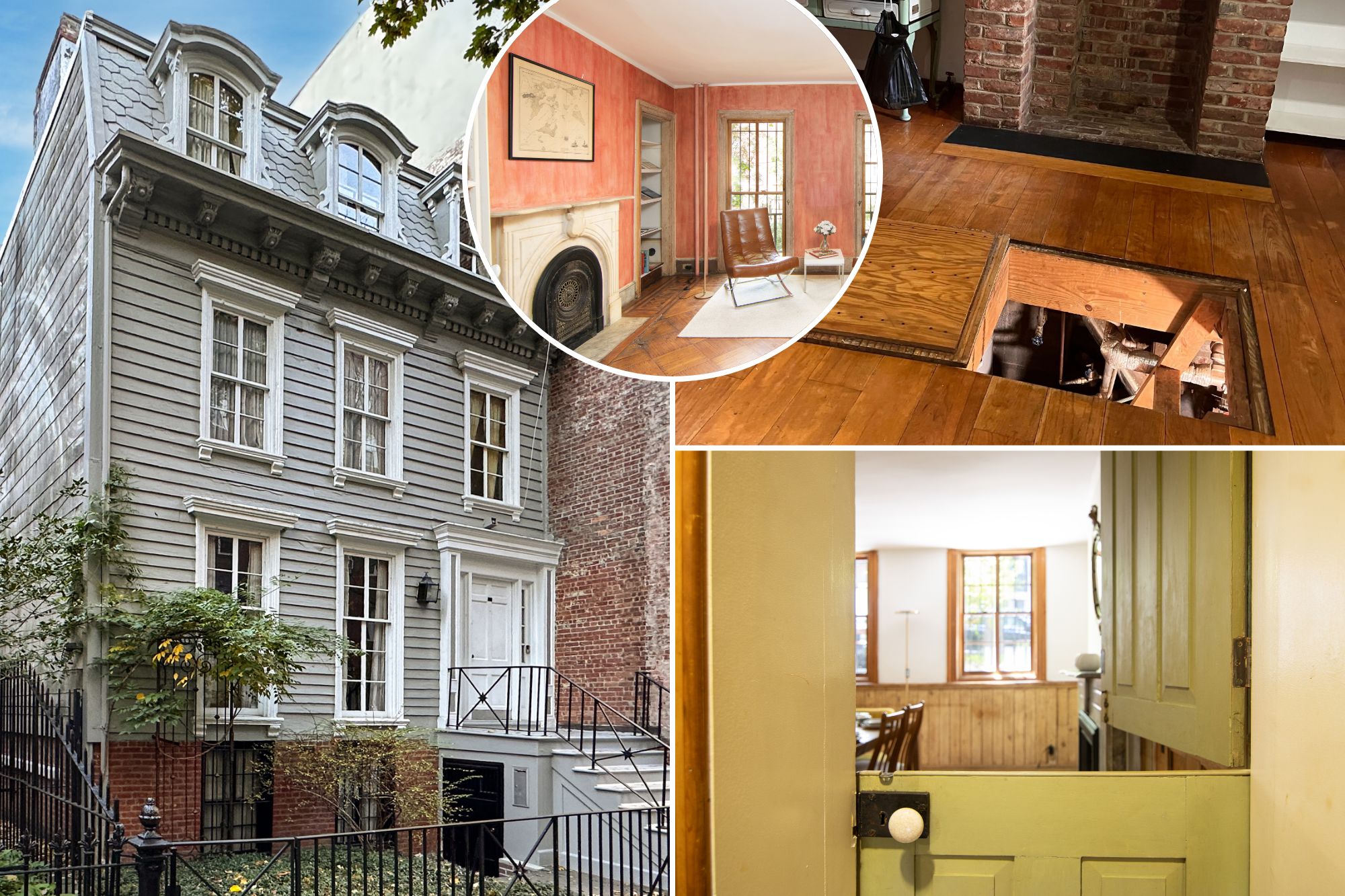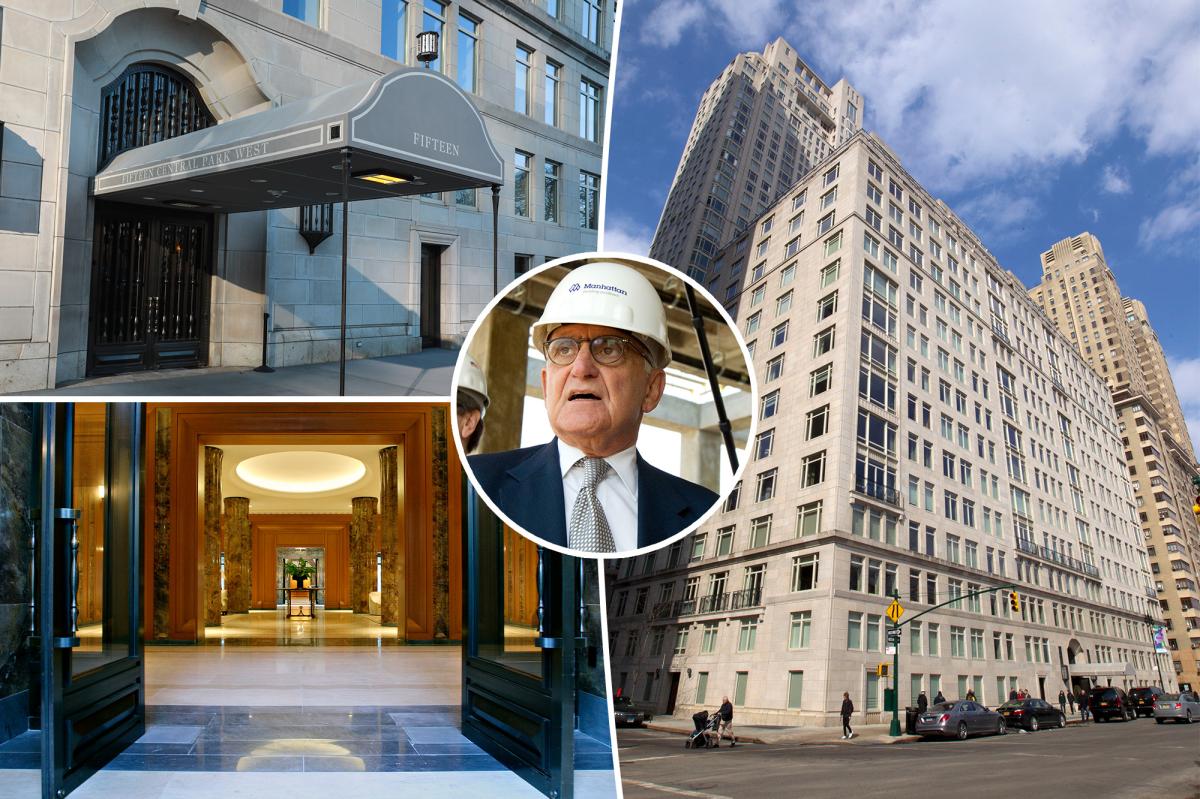A
historic home in Brooklyn Heights, built in 1829, has hit the market for $5.95 million. The clapboard Federal-style residence at 69 Orange St. boasts four to five bedrooms and a private garden, but its significance lies in its potential connection to the Underground Railroad.
The property is believed to have been part of the network that led escaped slaves to freedom. Its proximity to Plymouth Church, once led by anti-slavery preacher Henry Ward Beecher, further supports this claim. The home's current owner, Rasa McKean, and her late husband discovered a hidden crawl space and stone-lined tunnel leading towards the church.
The house has been meticulously preserved over the past three decades, with original details such as milk-paste paint, molding, and hardware still intact. Its first preacher, Henry Ward Beecher, famously auctioned enslaved people to freedom from the pulpit, drawing notable figures like Abraham Lincoln and Mark Twain to worship.
McKean and her husband made it their mission to preserve the home's historical integrity, eschewing modern renovations in favor of fidelity to its original design. They even wrote a preservation clause into the sale to ensure future buyers maintain the home's integrity.
The listing includes a preservation clause to guarantee that the buyer will respect the property's history and architecture. The city or state could potentially purchase the home and preserve it as a museum, honoring the late McKean's wish to protect the property for future generations.
Every room in the 2.5-bath home tells a story, from the parlor with views of the backyard to the library filled with built-ins that recalls a quieter century. The home is a residential time capsule grounded in pivotal movements in American history, including the abolitionist movement.
The original owners, members of the Gracie and Middagh families, were part of Brooklyn's early elite. The house later passed to Henry L. Pratt, a deacon of Plymouth Church and ally of Rev. Beecher, who reportedly hosted religious leaders and Underground Railroad operatives in the home.
McKean still visits the house frequently, saying it feels like "part of you" when you work on your home and make decisions about its details. The home is awaiting a buyer who values old Brooklyn charm and recognizes the weight of its legacy, with the city having to decide whether to purchase and preserve it for future generations.













